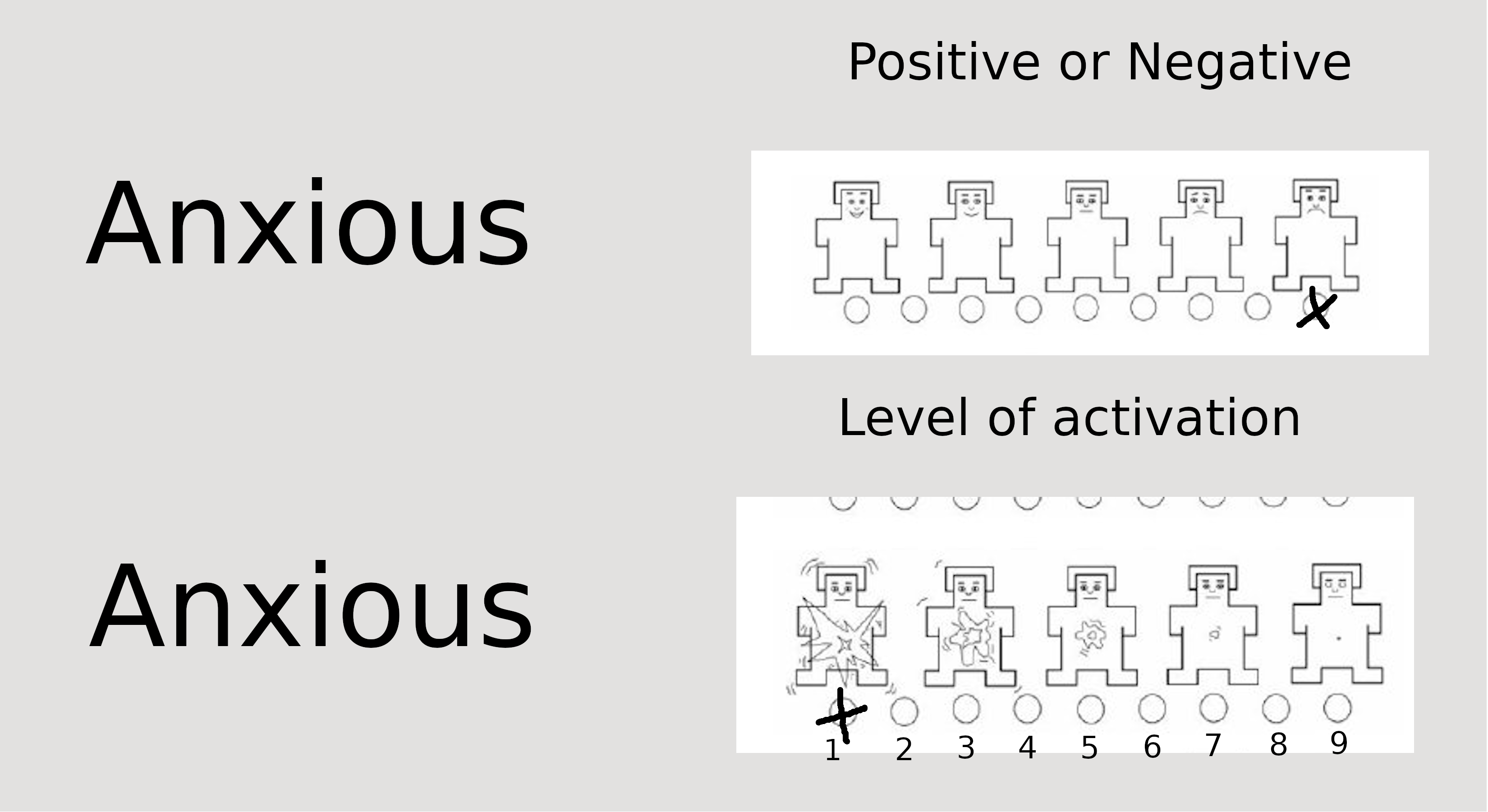Norms and Basic Statistics for Testing
Gentle introduction
Department of Psychology and Child Development
Aims in this lecture
Explain relevant statistical concepts.
Describe and explain what is “norms”.
Perhaps more memes…
Why do we need stats when creating measurements ?
- There are many reasons to implement statistical models in measurement theory.
- We need to create statistical models that help to understand Nature.
- In order to understand Nature we need to create instruments and measurements.
- The best way to create measurements is to create a model where observation and theory are linked together. In this step, statistics will help us to evaluate a model or multiple measurement models.
- Statistics will help to make inferences based on our observed data.
- You can describe the performance of groups, or describe traits with aggregated data.
- You can compare individuals and groups based on scores.
Wait… what is a statiscal model ?
Models have Parameters
- A parameter is a numerical characteristic of the data-generating process, one that is usually unknown but often can be estimated using data.
For instance, in the model showed above, we have two unknown parameters, this model produces data \(Y\). The unknown parameters are represented with greek letters, for instance the letter beta in the example above.
Mantra
Model produces data.
Model has unknown parameters.
Data reduce the uncertainty about the unknown parameters.
Types of Scales
- Nominal: numerical values representing labels or groups. For example: marital status, job position, gender.
- Ordinal: This scale allows you to rank individuals or objects but not to say anything about the meaning of the differences between the ranks. Likert scales are a good example.
- Ratio: it is a scale with a meaningful zero. For example the Kelvin scale to measure temperature.
Now more stats!
Descriptives a probability distributions
You are probably familiar with frequencies. When reporting frequencies, we count how many times a value is repeated in your observed data.
In the next example I’ll show descriptive information related to a validation I did in Costa Rica.
My aim was to know how people felt when reading different adjectives and nouns. I asked to my participants to rate the perceived “arousal” and perceived “valance” of each word.
I utilized mannequins to evaluate valance:
- I used the following scale to measure arousal:
I didn’t create these scales, the original authors are Bradley & Lang (1994), an it was called The Self-Assessment Manikin. I thought it could be a good option to measure words’ positive and negative valence along with the “arousal”.
Each little individual scale had a number in my data set, the first little guy in each scale was coded as “9” and the last little individual was coded as “1”.
This means I utilized an ordinal scale where 9 represents “very positive word”, and 1 represents “very negative word”. Likewise, in the arousal scale 9 represents “strongly activated” whereas 1 represents “calm or not activated”.
SAM instrument
- In this example a person marked rated “Anxious” “1” in valance and “9” in activation.
Let’s see some distibutions and frequencies
We can check a table
| Frequencies of arousal and valance | ||
|---|---|---|
| Rating of Anxiuos | ||
| Response Options | Arousal | Valance |
| 1 | 41 | 29 |
| 2 | 4 | 7 |
| 3 | 13 | 13 |
| 4 | 10 | 8 |
| 5 | 11 | 23 |
| 6 | 2 | 3 |
| 7 | 3 | 6 |
| 8 | 1 | 3 |
| 9 | 8 | 4 |
| NA | 7 | 4 |
Question
- Did the participants understand what is “anxiety”?
- Is it trivial to ask this question to ourselves?
Percentiles
You can describe a distribution in terms of percentiles.
Let’s imagine the folllowing numbers represent households income:
| $25,500| $32,456| $37,668| $54,365| $135,456 |
|---|
- Now, we can follow this formula to estimate our percentiles (Westfall & Henning, 2013):
- The little hat \(\hat{}\) on top of \(y\) means “estimate of”, this is used in statistics to comunicate that you are estimating a value from “data” (lowercase). This means you are estimating a value from your observed fixed data. The right-hand side is the \(ith\) ordered value of the data, all together we can read the formula as:
The \((i − 0.5)/n\) quantile of the distribution is estimated by the \(ith\) ordered value of the data
- We can see an example:
| \(i\) | \(y(i)\) | (\(i\)-0.5)/\(n\) | \[\hat{y}_{(i-0.5)/n} = y(i)\] |
|---|---|---|---|
| 1 | 25500 | (1-0.5)/5 =0.10 | 25500 |
| 2 | 32456 | (2-0.5)/5 =0.30 | 32456 |
| 3 | 37668 | (3-0.5)/5 =0.50 | 37668 |
| 4 | 54365 | (4-0.5)/5 =0.70 | 54365 |
| 5 | 135456 | (5-0.5)/5 =0.90 | 135456 |
Then, we can say in plain English: “The 70th percentile of the distribution is measured by $54,365”.
Now notice something, why we don’t have data representing the 75th percentile?
Given that these are estimates , these numbers are approximations to the true value, If you collect more data you’ll have data in different percentiles, also more precision to capture the real value.
Percentiles
Source: CLICK HERE
Mean and Standard deviation
The mean or average is the most frequent estimate in testing and statistics, along with the standard deviation.
Let’s see their anatomy
Mean estimation:
\[\begin{align} \bar{X} &= \frac{\sum X}{n}\\ &= \frac{18+21+24+23+22+24+25}{7}\\ &= \frac{157}{7}\\ &= 22.43\\ \end{align}\]Variance:
\[\begin{equation} s^2 = \frac{\sum (X_{i} - \bar{X})^2}{n-1} \end{equation}\]Standard Deviation:
\[\begin{equation} s = \sqrt{\frac{\sum (X_{i} - \bar{X})^2}{n-1}} \end{equation}\]Variance and SD
The standard deviation and variance are similar, they both measure the distance from the mean, but the standard deviation is a standardized measure, instead variance is scale dependent.
Mean and Standard deviation
Z-Scores
Z Scores are used to compare observed scores versus a normative score, or to compare scores from different scales with different metric.
Let’s see an example where we need to compare two scores, but the scores have different range of values:
| Variable | N = 175 |
|---|---|
| depressionTotal | |
| Mean (SD) | 10 (6) |
| Min, Max | 0, 34 |
| anxietyTotal | |
| Mean (SD) | 4.1 (3.3) |
| Min, Max | 0.0, 17.0 |
| ruminationTotal | |
| Mean (SD) | 30 (8) |
| Min, Max | 14, 52 |
We’ll need to compute Z scores in these cases using the following transformation:
\[Z = \frac{X_{i}-\bar{X}}{SD}\]
Z-Scores
- After tranforming the observed values, we can now compare distributions:
Norms and Norming
References














